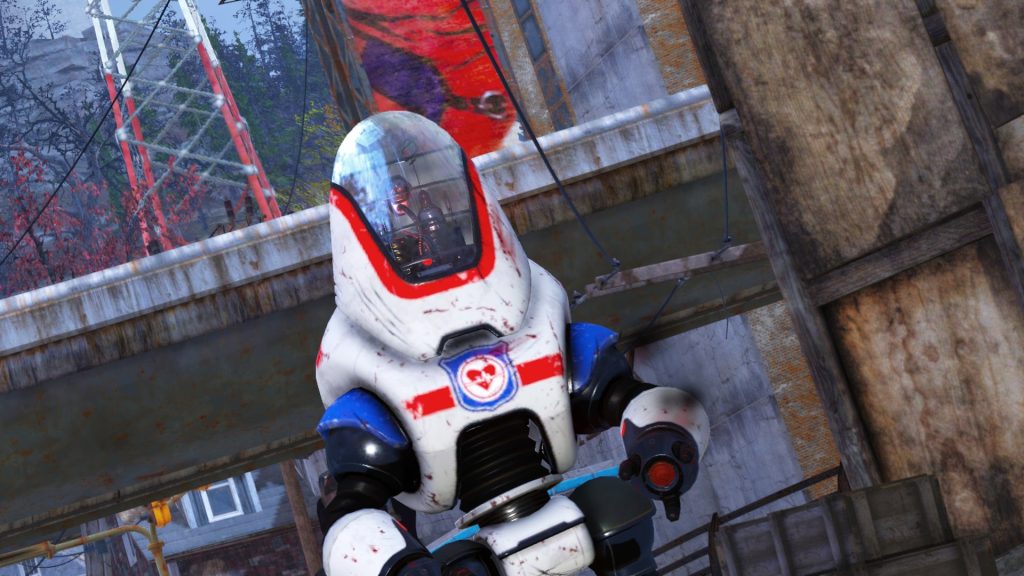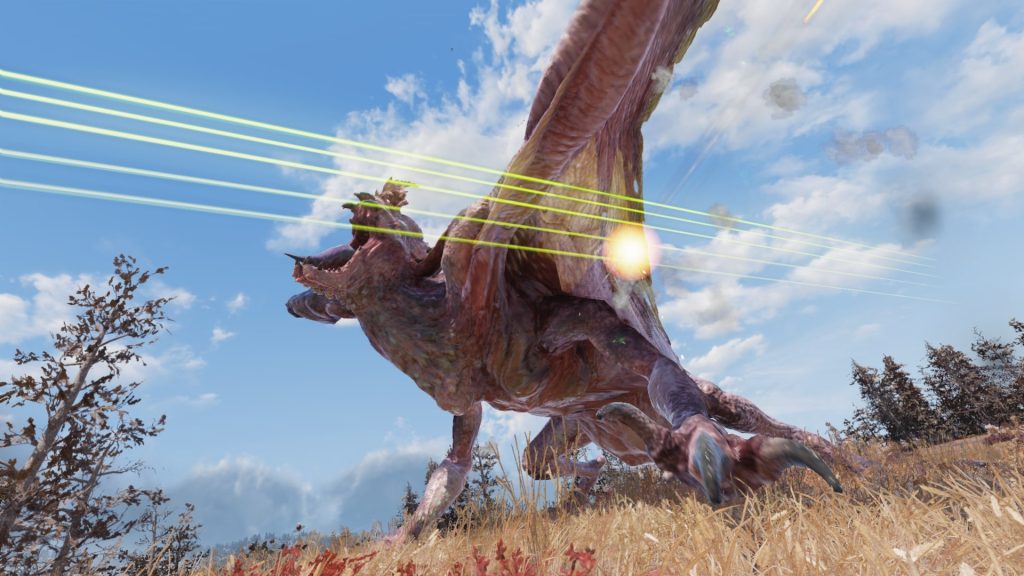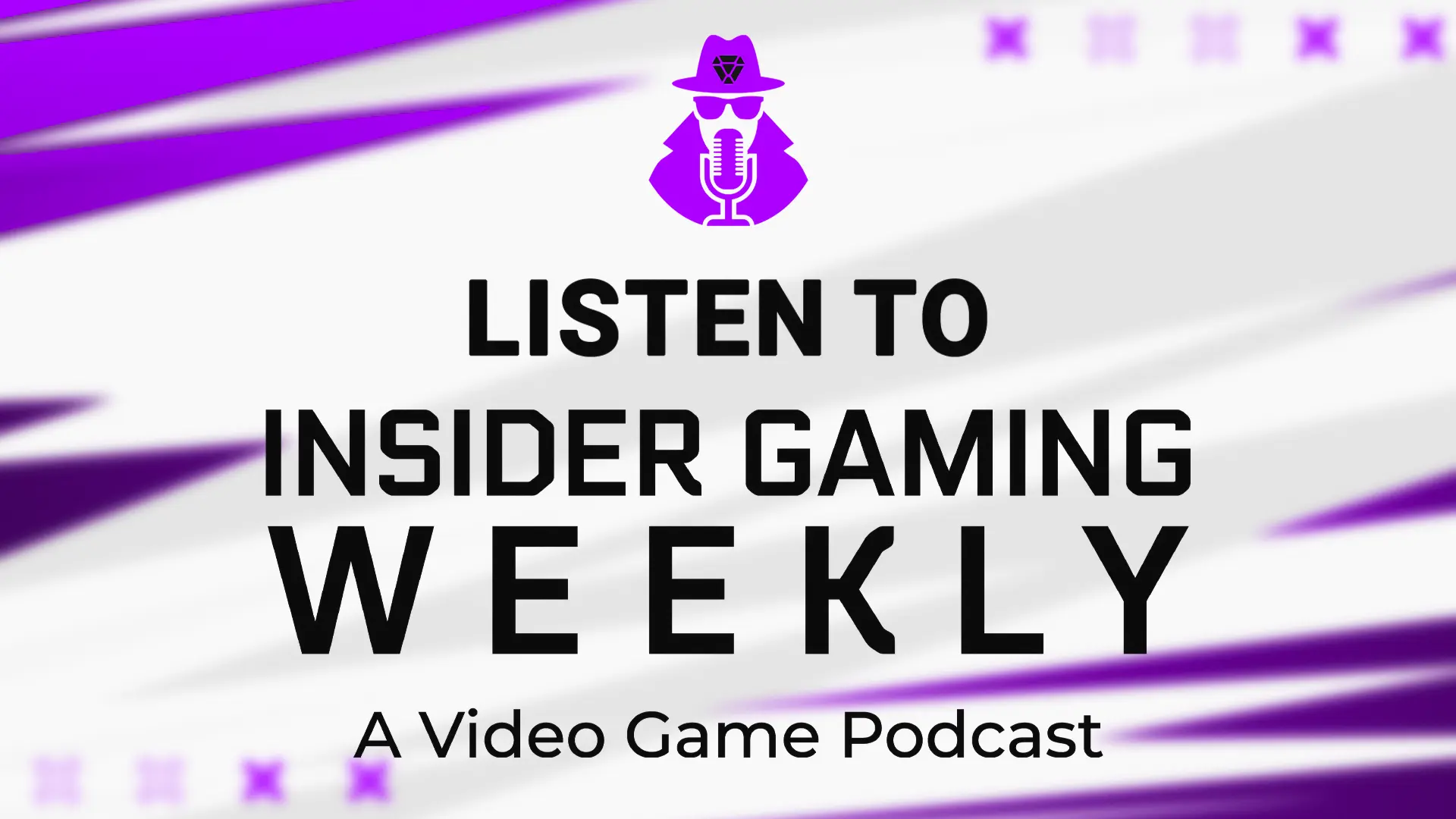On October 23rd, 2018, Fallout 76 did what so few games before it had done – it disappointed the entire industry. From the lofty heights of the greatest post-apocalyptic series of all time came this bland, barren stab at an MMORPG, fraught with bugs, marred by broken promises, and rapidly abandoned by the ‘day one’ customers.
Five years later, Fallout 76 – which remains active today – celebrates a milestone, and it’s, for the most part, bursting with positivity. Following sixty months of hard work, studio partnerships, investment from the fans, and a never-back-down-never-give-up attitude from Bethesda Game Studios, Fallout 76 is in a good place.
And the most surprising thing? It has been doing brilliantly for quite some time.
How Did Fallout 76 Get Better?
So, what’s the secret formula behind Fallout 76’s turnaround and sudden ability to git gud and draw in (according to Bethesda) 13.5 million players?
It wasn’t a sensational change that took place overnight – it took years for Fallout 76 to see a stabilisation that coaxed millions of users back onto the platform. It all started with the Wastelanders update that dropped in 2019, which added NPCs to the then-barren wasteland of Appalachia and made it feel more like a living, breathing world.
From there, it was relatively plain sailing, and Bethesda Game Studios kept the regular updates coming thick and fast. There were entire questlines woven into the core fabric of Fallout 76, fresh and familiar factions were introduced in kind, and new weapons, constructs, outfits – everything a budding Vault Dweller could ever need was added to the game.
It helps that, before long, Fallout 76 wound up on PS Now, Xbox and PC Game Pass, and it benefitted from several free-play weekends and some hefty discounts.
Aside from all those additions, changes, and boosts, Fallout 76 genuinely just became a good game. It boasts a vast, diverse world to explore, it can be enjoyed with friends and foes alike, and ultimately, it feels like a Fallout game.
But that’s because so much of it was stripped from Fallout 4.
Related: 6 Reasons Why Fallout 76 Is Good Now
Will Fallout 76 Continue to Improve?

From ‘secret patches’ that boosted the game’s stability to constant tweaks and balances that make the game more welcoming overall, Bethesda Game Studios seems eager to improve on the Fallout 76 formula constantly. It has been said that there won’t be another Fallout game for perhaps another decade, so this live service offering is all fans will get for the time being – and BGS recognises that it seems.
In the last year or two, Bethesda Game Studios has pulled in external studios – like Double Eleven – to help with the ongoing development of Fallout 76. In December 2023, the largest Fallout 76 update and expansion – Atlantic City – is set to be released, which is another indicator of the effort and resources being pushed into this post-apocalyptic marvel.
Related: Check Out Our Interview With Double Eleven
If there’s one thing I could complain about, it’s the lack of an endgame. Once you’ve completed all the quests, ticked off every achievement, run through the factions, and got to a ridiculously high level, it feels like Fallout 76 becomes worthless, and you’ll quickly find yourself stuck in a never-ending, repetitive grind.

Bethesda tried some new things during Fallout 76’s five-year lifecycle so far – such as introducing and then scrapping a battle royale mode – but it’s not yet known what the next innovation will be – if one comes at all.
But regardless of that lack of future knowledge, I’ll be honest in saying that Fallout 76 is just in a really solid place at the moment. It’s entertaining, and for a new player, there are hundreds of hours of content sitting there, ready and waiting. It’s stable, well-supported, diverse, and it’s backed up by a phenomenal community.
What more could you want?
Fallout 5, perhaps…
Related: Learn About Fallout 76: Atlantic City
For more Insider Gaming coverage, check out our exclusive about the new Far Cry multiplayer game










